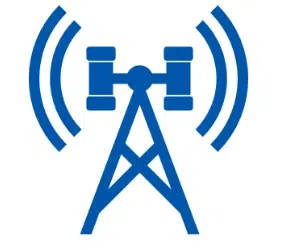Asked on January 5, 2023
What happens to the real estate once someone buys a utility easement?
I’ve been offered money by a tower company who wants to create an easement on my property and also buy the current leases I have from AT&T. I’m also considering selling the property in a few years and don’t want to de-value the real estate if I sell an easement. Will this affect the value of the real estate and if so, by how much?
Answers to the question:
When someone purchases a utility easement, it’s essential to understand that they are not buying the underlying real estate itself. Instead, they are acquiring certain rights or interests in the real estate, typically for a specific purpose, such as installing and maintaining utility infrastructure (e.g., power lines, pipelines, or fiber optic cables) on the property. Here’s what typically happens when a utility easement is acquired:
- Limited Property Rights: The property owner retains ownership of the land and the right to use it for any lawful purpose that doesn’t interfere with the utility easement’s purpose. However, the property owner’s rights over the portion of the property subject to the easement may be restricted or limited.
- Easement Terms: The terms and conditions of the utility easement are typically outlined in a legally binding document, such as an easement agreement or deed of easement. This document defines the scope of the easement, the specific rights and restrictions of both the property owner and the easement holder, and any compensation or obligations associated with the easement.
- Utility Infrastructure Installation: The easement holder, which is often a utility company or governmental agency, has the legal right to enter the property and install, maintain, and operate utility infrastructure within the defined easement area. This may involve the installation of utility poles, lines, pipes, or other equipment.
- Access Rights: Easement holders typically have access rights to the easement area to perform necessary maintenance, repairs, or upgrades to the utility infrastructure. They must do so in a way that minimizes disruption to the property owner’s use of the land.
- Compensation: In some cases, property owners receive compensation in exchange for granting a utility easement. Compensation terms are usually negotiated as part of the easement agreement and can include one-time payments, ongoing lease payments, or other forms of compensation.
- Maintenance and Liability: The easement holder is typically responsible for maintaining and repairing the utility infrastructure within the easement area. They are also generally liable for any damage or harm caused by their activities within the easement, although the specific liability provisions may vary.
- Property Owner’s Rights: Property owners continue to possess certain rights over the land, subject to the limitations imposed by the easement. These rights may include using the land for non-interfering purposes, selling the property, and collecting rent if applicable.
- Easement Termination: Utility easements may have termination provisions, specifying the conditions under which the easement can be terminated or abandoned. This often involves a legal process and may require mutual agreement between the property owner and the easement holder.
It’s crucial for property owners to carefully review the terms of any utility easement agreement and seek legal counsel if necessary to fully understand their rights and responsibilities. While utility easements grant certain rights to utility companies or governmental entities, they do not transfer ownership of the property itself. The property owner maintains ownership but is subject to the restrictions and obligations outlined in the easement document.
